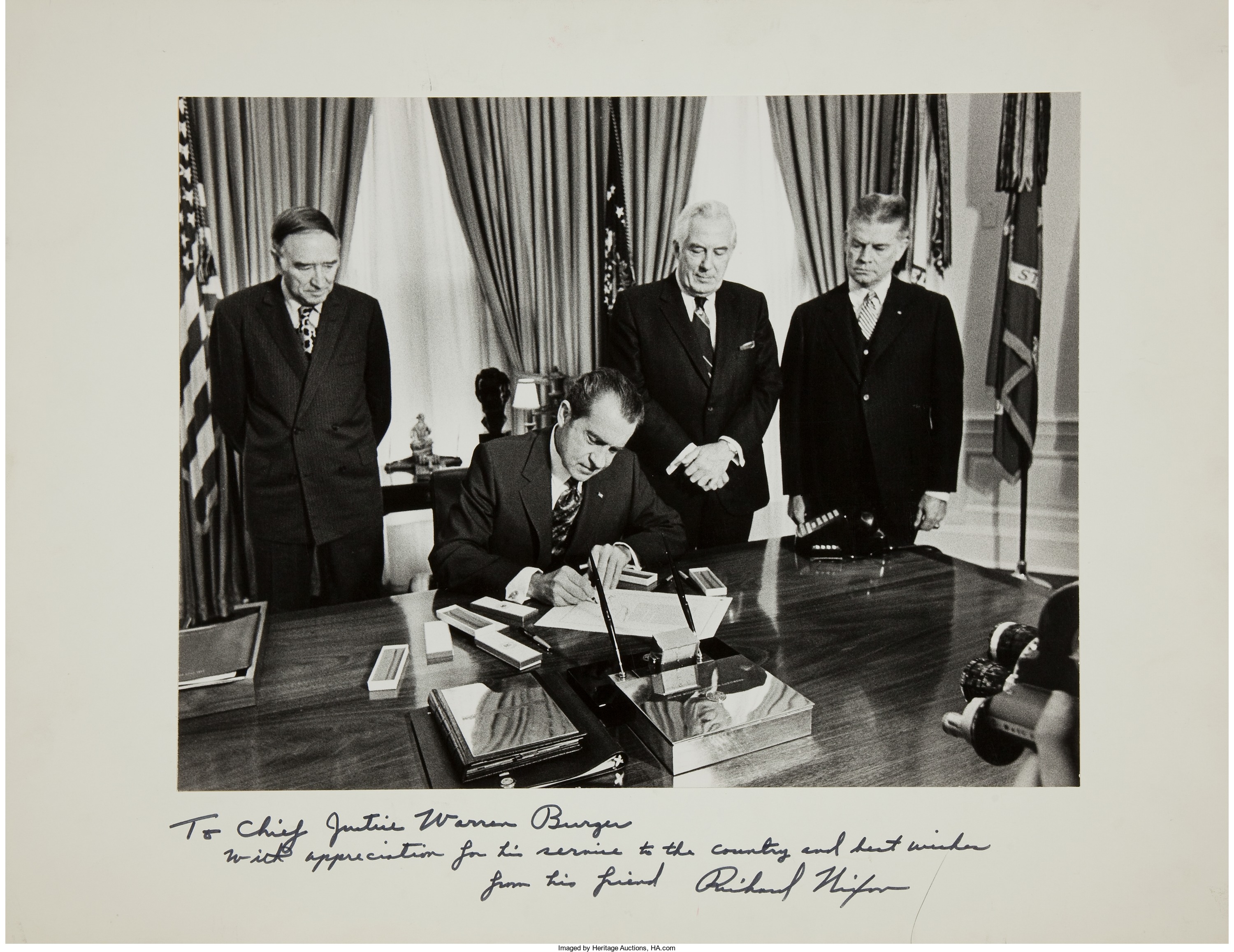
By Jim O’Neal
In mid-1971, The New York Times began publishing excerpts from a secret Defense Department study, “History of U.S. Decision Making Process on Vietnam Policy.” The study had been leaked to the press by former Defense Department analyst Daniel Ellsberg, who, joined by his 10-year-old son and 13-year-old daughter, photocopied its 7,000 pages, snipping off the words “Top Secret” from each page.
Better known to the public as the Pentagon Papers, it became a best-seller in book form. While few could understand the arcane language, they knew what it revealed: The government had been lying to them about both the motives and its conduct in Vietnam. By playing David to the government’s Goliath, Ellsberg became a kind of folk hero to the growing anti-war movement. It seemed the only thing the left and right could agree on was their distrust of their own government.
Still, by 1973, the preoccupation was not the war or the sad economy, but a constitutional crisis that carried the name of a Washington luxury apartment and office … Watergate.
When the break-in at the Watergate offices of the DNC was first revealed in June 1972, Presidential Press Secretary Ron Ziegler described it as a “third-rate burglary,” hardly worth reporters’ attention, except for two at The Washington Post. Over the next two years, as the tentacles of a very complicated story reached higher and higher, the president would try to avoid involvement by throwing subordinates overboard, but the dirty water reached the highest office in the land.
Richard Nixon had an amazing public career, starting with Congress in the late 1940s; his pursuit of Alger Hiss; eight years as Dwight Eisenhower’s VP; his own run for the presidency in 1960; and then the dramatic comeback to the Oval Office in 1968 … only to face an ignominious departure six years later.
Nixon compiled a 28-year run at or near the center of the world’s stage, but on the morning of Aug. 9, 1974, the 37th president of the United States – his eyes red, his voice shaky – addressed his staff in the East Room, imploring them to never “hate those who hate.” Then he and his wife Pat exited the mansion doors, walked on a fresh red carpet and disappeared into the helicopter Army One.
Nixon was a private citizen seated in a California-bound 707 somewhere over Missouri when Vice President Gerald Ford recited the oath of office as the new president. Chief Justice Warren Burger turned to Senate Leader Hugh Scott. “It worked, Hugh,” he said of the system. “Thank God it worked.”
With a swiftness that restored faith in the system, the forced exit of one leader and the entrance of his successor had been carried off smoothly.
P.S. For movie fans, the 1976 film All the President’s Men, with Robert Redford, Dustin Hoffman and Jason Robards, is well worth another viewing.
 Intelligent Collector blogger JIM O’NEAL is an avid collector and history buff. He is President and CEO of Frito-Lay International [retired] and earlier served as Chairman and CEO of PepsiCo Restaurants International [KFC Pizza Hut and Taco Bell].
Intelligent Collector blogger JIM O’NEAL is an avid collector and history buff. He is President and CEO of Frito-Lay International [retired] and earlier served as Chairman and CEO of PepsiCo Restaurants International [KFC Pizza Hut and Taco Bell].
